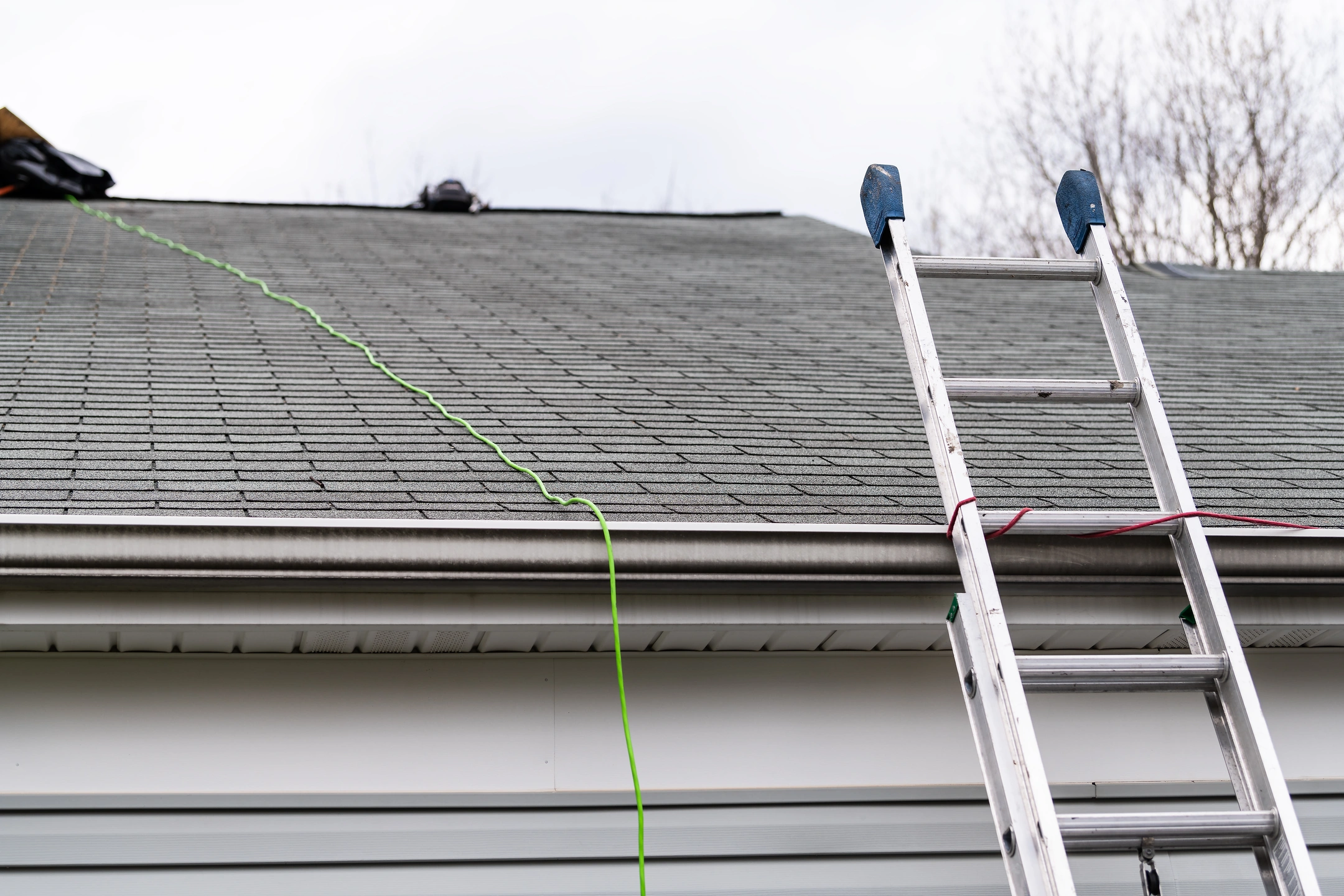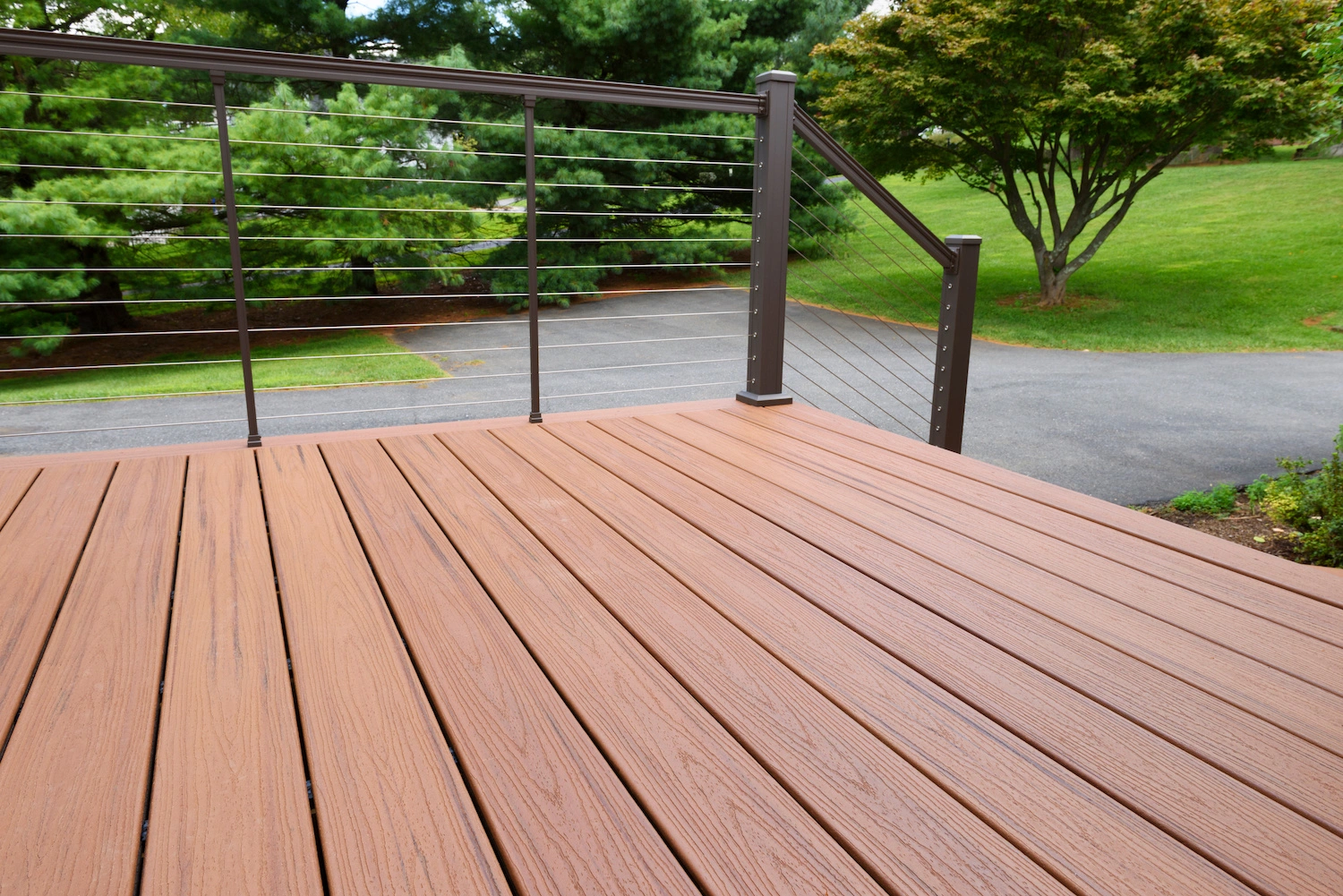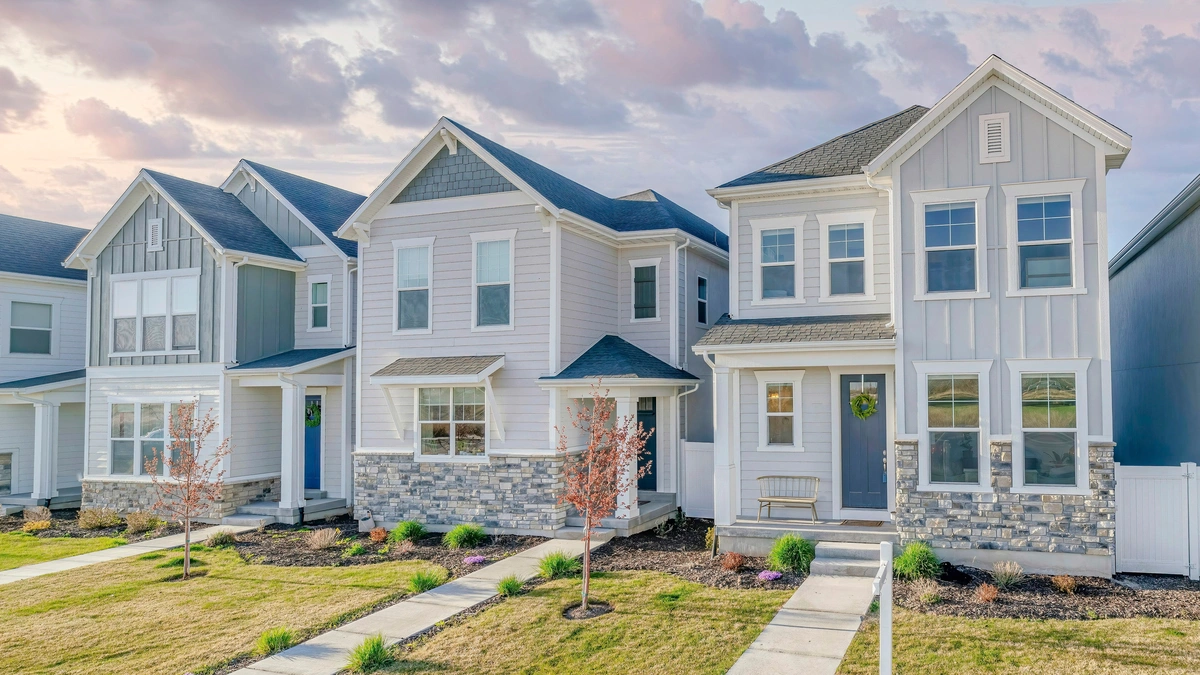Few steps homeowners can take to ensure their roof stays in pristine condition are more valuable than having their roof inspected regularly. Unfortunately, a roof inspection is also a routine homeowner chore that is easy to overlook.
One excuse many homeowners give for avoiding a visual inspection is timing. They wonder, “How long does a roof inspection take?” They also wonder about the roof inspection cost because both are pretty important unknowns.
Putting off a roof inspection for either reason is not recommended, given how important an inspection can be and how much it can save homeowners. Here is a summary of what goes into a thorough roof inspection process and what you can expect will happen during the overview.
Why Get A Roof Inspection?

Your roof is like your vehicle. You do not wait until your vehicle dies on the side of the road to have work done on it. A routine inspection process for your vehicle is part of being a responsible owner. The same applies to your roof.
A roof inspection can help you discover structure and physical problems with your roof, including, but not limited to:
- General roof repairs like broken or clogged gutters, damaged flashing, broken drip edge, missing shingles, etc.
- Identifying and patching a roof leak or leaks
- Making emergency repairs
- Damage to a chimney
In every case, finding a problem as early as possible saves you money in the long run, avoids further damage to other parts of the roof or your home, and helps your home retain its value.
For example, a small leak created during heavy spring rains or by ice in cold weather can quickly become a major issue if the problem is not discovered until you have water damage in your attic space.
Why Do People Delay Roof Inspections
The easiest answer is “out of sight, out of mind.” Most homeowners do not inspect their roof, and if they do, they are not nearly as trained or experienced as a professional inspector. The practical result of that reality is that even if a homeowner pays attention to their roof, their inspection will not catch what must be addressed most of the time.
In addition, life gets in the way.
Most people have so much going on that they deal with whatever is facing them immediately. Kids, marital issues, other expenses, and busy schedules all take priority. Something that is not technically addressing a problem but trying to avoid one gets shoved aside. That leak in the attic mentioned earlier only gets attention when it becomes a crisis.
That is understandable but not an excuse. You can save yourself a lot of aggravation by having roof inspectors perform regular roof inspections to identify budding problems. Best of all, the roofing inspection process can be scheduled months in advance, and you can even find roofing companies that will perform free inspections if you give them your business.
The Roof Inspection Process
There are two stages to a thorough inspection: Interior inspection and exterior inspection.
Interior Roof Inspection
Your home inspector (or roofing contractor) will need access to the interior of your home, primarily the attic ceiling or if you do not have one, the crawl space and any other area that has direct access to the roof. The goal of the interior roof inspection is to identify the following:

- Ventilation and insulation issues
- Damaged insulation (which can indicate leaks)
- Presence of mold or water damage from rain
- Visible gaps in the roof (identified by daylight coming through)
- Noticeable drafts
- Rodent or insect sign (fecal matter, nesting, food, etc.)
These issues are problems unto themselves but also usually indicate a larger problem with the roof. You might be missing shingles or have sustained structural problems such as damage to joists or the underlayment of your roof. A thorough examination of your interior roof by a professional roofer will usually reveal an issue quickly.
Exterior Roof Inspection
The exterior roof inspection is what most people associate with an annual inspection. In reality, both interior roof inspections and exterior are equally important. Going over the roof’s exterior properly is as important as thoroughly looking at the inside ceiling of your attic.
Your roof inspector will evaluate the exterior of the roof, looking for the following:
- Missing shingles or shingle granule loss
- Ripped flashing
- Broken gutters
- Broken seals
- Chimney damage
Your roof inspector will look at your roof from the ground and up close and personal. After their inspection, they will write a report that will detail the following:
- Immediate repairs that are necessary, with follow-up until the repairs are fixed
- An assessment of the general status of your roof (“no work needed” is a good sign)
- An assessment of the prospects for your roof (do you need a new roof, how much life left it has, etc.)
- Recommended roofing contractors and any other types of needed work
- Proposed date for the next roof inspection
Depending on the roofing inspection process and the roofing company you use, you may also get recommendations for preventative maintenance work as well.
How Long Does a Roof Inspection Take?
As this shows, getting your roof inspected is complex, and what the inspector or roofer finds will determine the inspection time. If you have no problems, you can expect your inspection will be over quickly.
If you have a lot of space to inspect or many problems, the question of how long does a roof inspection take can range from several hours to more than a day. In addition, the cost will be associated with the time it takes to perform the review and make proper repairs.
If time is critical for you, the best advice is to have a roofer perform a quick assessment to give you a better idea of what to expect.
Final Thoughts
Roofs you from the outside as much as your house walls do. Making sure you have it inspected regularly is part of routine homeownership maintenance. By working with a roofing company or individual roofer, you can ensure the inspections take as little time as possible while containing the cost as much as possible.



